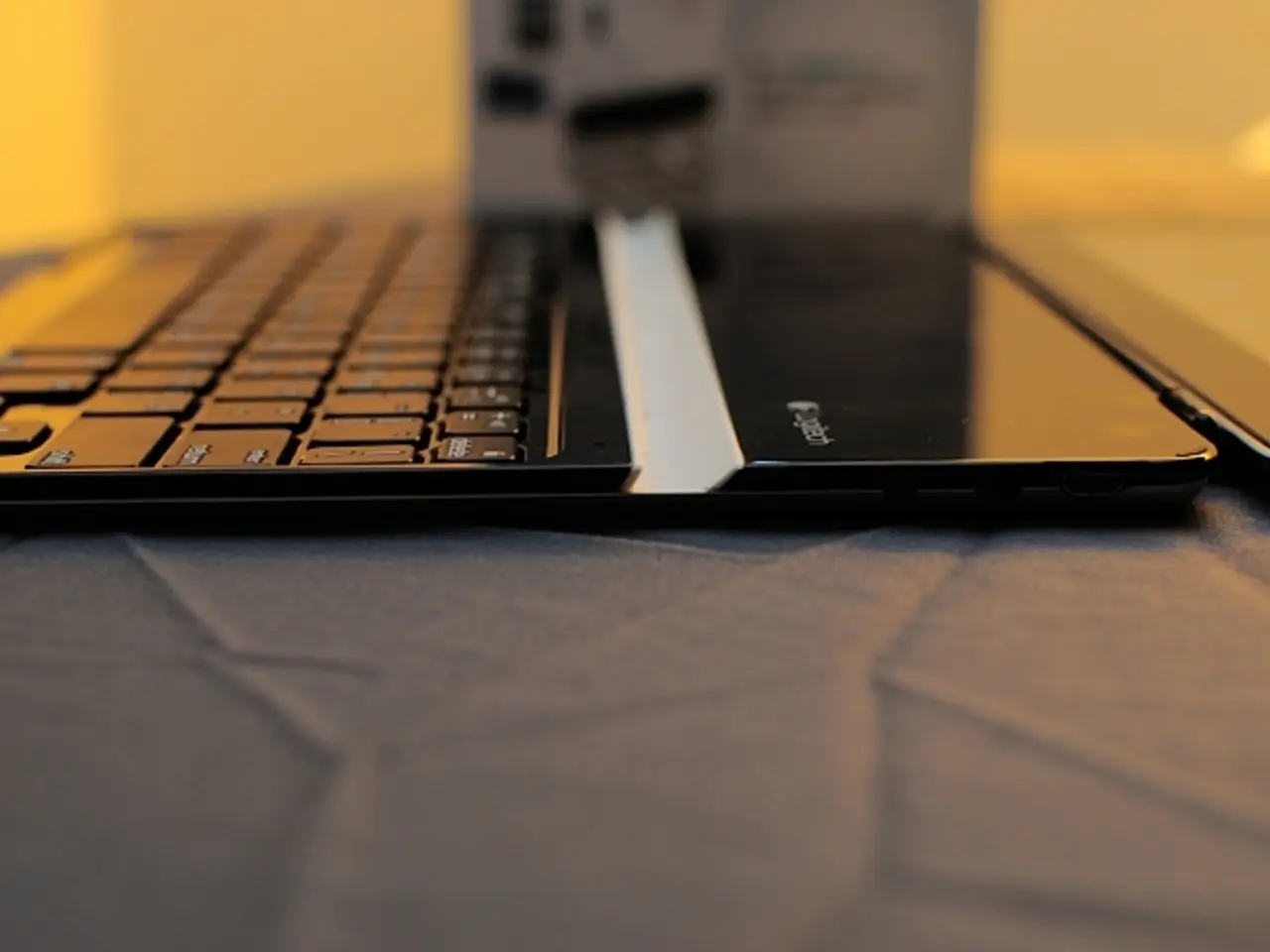Enhanced Titanium Composition Streamlines 3D Printing, Boosting Durability and Affordability
New 3D-Printed Titanium Alloy Offers Cost Savings and Enhanced Durability
A groundbreaking new titanium alloy developed at RMIT University in Melbourne, Australia, promises to revolutionize the manufacturing of various life-saving biocompatible devices, prosthetics, implants, wearables, and high-tech equipment. This innovation offers a 29% lower production cost compared to the commonly used Ti-6Al-4V (Grade 5 Titanium), while maintaining a very high strength and durability.
The key to this achievement lies in a novel alloy design framework and predictive method that controls the grain structure during additive manufacturing, specifically in Directed Energy Deposition processes. This innovative approach addresses two critical barriers to the broader adoption of 3D-printed titanium in sectors like aerospace, biomedical, and automotive industries.
By replacing expensive vanadium with more affordable alternative elements, the new titanium alloy offers improved durability and strength with a uniform grain structure. This uniform grain structure overcomes a major flaw present in traditional 3D-printed titanium, which often shows column-shaped microstructures causing uneven mechanical properties.
The benefits of this new alloy compared to traditional titanium (Ti-6Al-4V) include:
- Cost reduction: A 29% lower production cost by replacing expensive vanadium with cheaper, more readily available elements.
- Improved durability and strength: Enhanced mechanical properties with a uniform grain structure, making the material stronger and more ductile.
- Manufacturing advantages: Faster, less wasteful, and more customizable production enabled by 3D printing with alloys optimized for additive manufacturing.
RMIT University has filed a provisional patent for this alloy and the predictive grain structure framework, highlighting its potential commercial impact in multiple high-value industries.
This new titanium alloy can be used in various sectors, such as the medical field, where it can improve implants, prosthetics, and the manufacturing process of other life-saving biocompatible devices. In the automotive industry, it can be used to make lightweight, high-performance electric engine components. The aerospace industry can benefit from this new alloy by creating lightweight and more durable spacecraft engines and structural parts.
The ability to 3D print titanium alloys, which is approximately a decade old, continues to evolve annually. Companies like Nano Dimension Ltd., seen as innovators in the 3D printing metal sector, are offering products like the DragonFly IV System and the FLIGHT software suite to facilitate this advancement.
With this new titanium alloy, 3D printing becomes more accessible to a larger number of users due to its reduced cost. The new alloy's manufacturing process is simpler and less wasteful compared to the traditional manufacturing process of Ti-6Al-4V, which is complicated and subject to oxidation, resulting in errors in the print, and can only operate in an inert gas environment, adding to the overall cost of 3D printing titanium.
References: [1] RMIT University press release [3] Scientific Reports paper [5] Australian Manufacturing Technology Institute Ltd. (AMTIL) news article
- The innovative approach in designing this new titanium alloy could potentially disrupt various industries, including finance, as the reduced production cost makes 3D-printed titanium more affordable for manufacturers.
- The development of this high-strength and cost-effective titanium alloy could lead to significant advancements in technology sectors, such as the automotive and aerospace industries, as the alloy's improved properties and 3D printing method offer the potential for creating lighter, more durable components.




